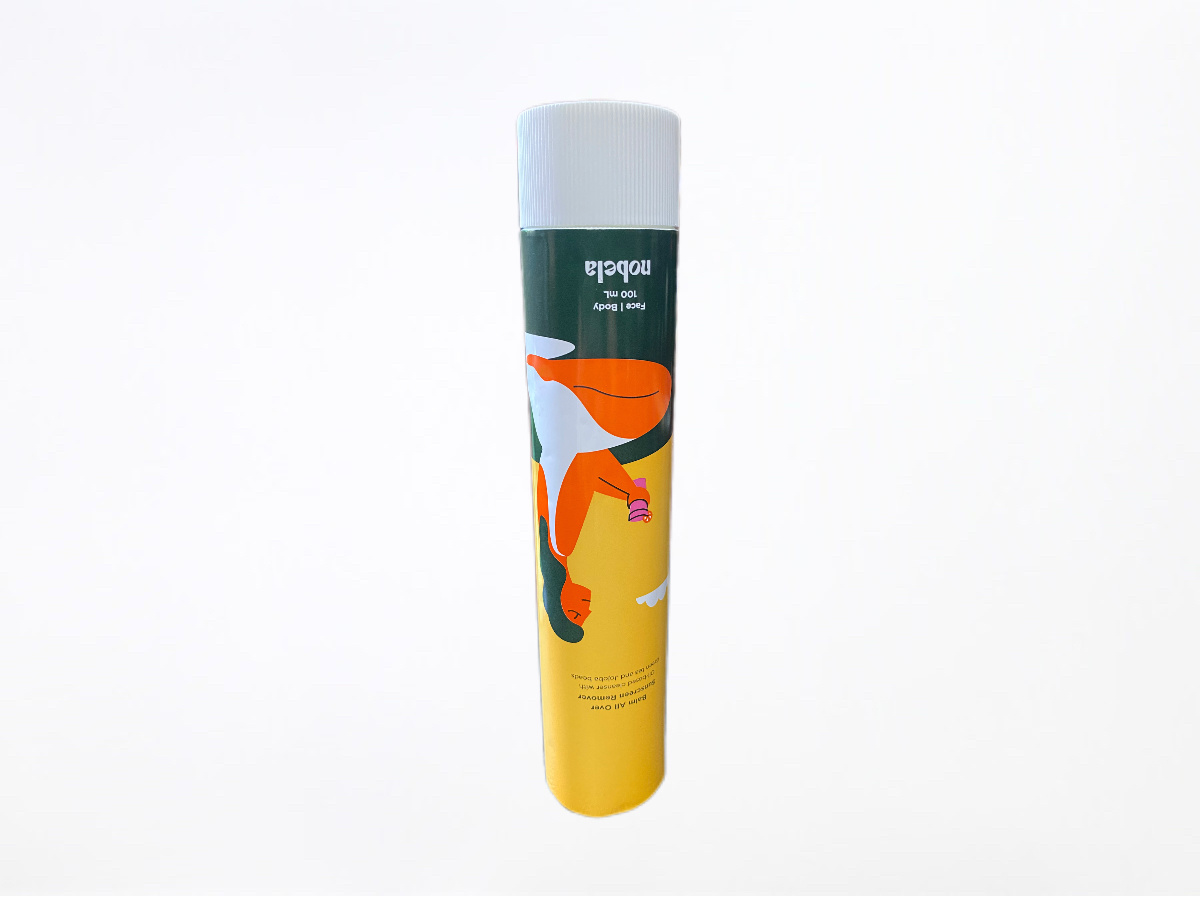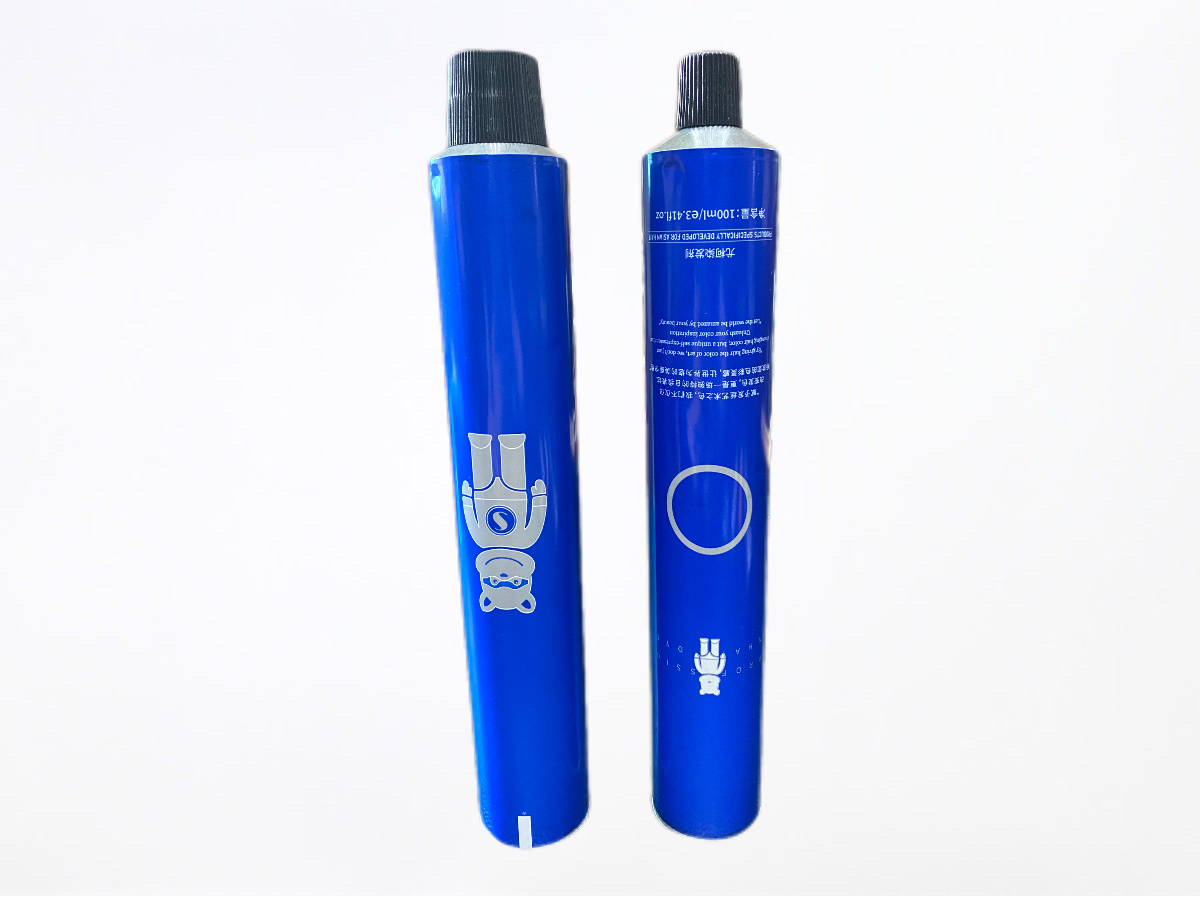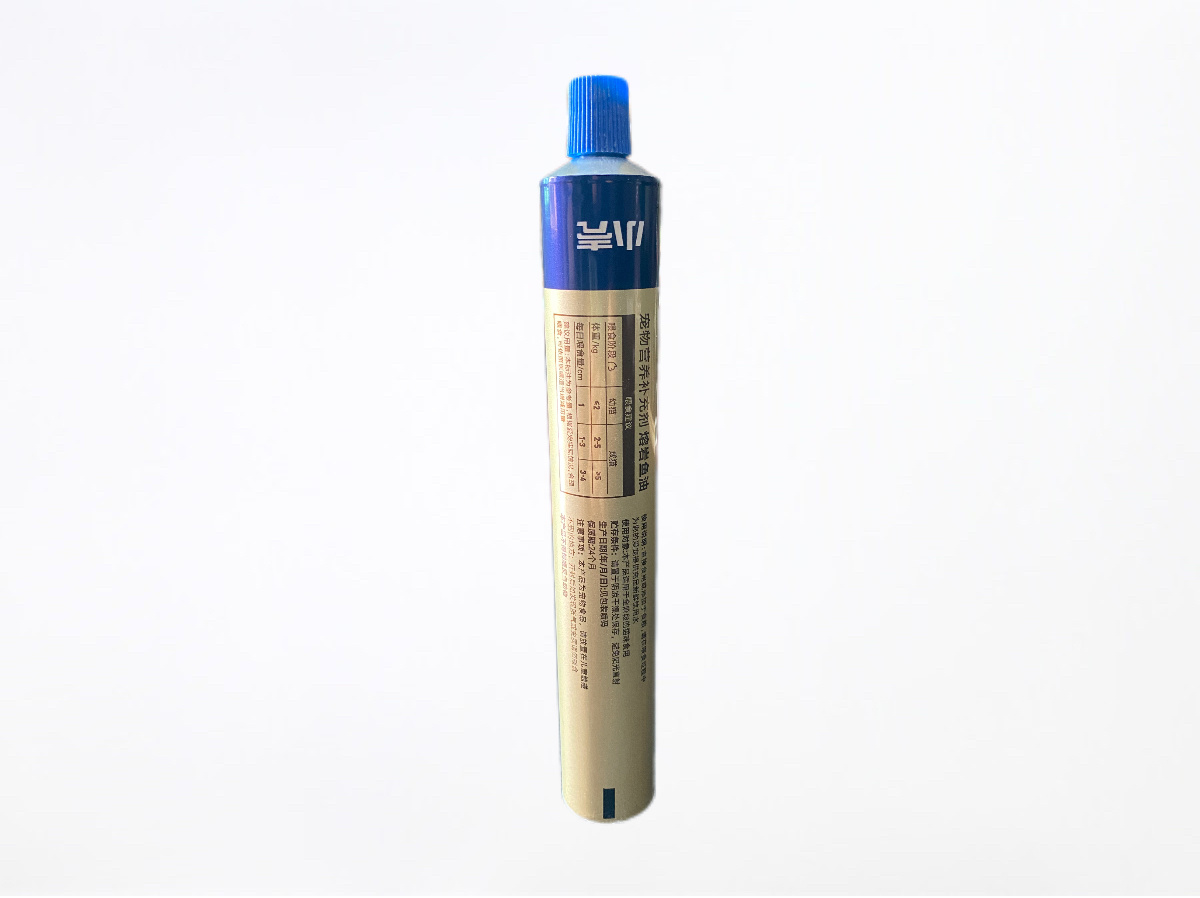Effective Strategies for Pet Food Management: Ensuring Quality and Safety
Release time:
Jul 14,2025
In the growing pet food industry, effective pet food management plays a crucial role in ensuring the health and safety of our beloved animals. As pet owners become increasingly aware of the nutritional needs of their pets, the demand for high-quality pet food has surged. Thus, understanding the principles of pet food management is essential for manufacturers, suppliers, and retailers alike.
One of the primary aspects of pet food management involves the careful selection of ingredients. Quality control starts at the sourcing stage. It is vital to choose ingredients that are not only nutritionally beneficial but also safe for consumption. This means working with reputable suppliers who adhere to strict safety protocols and quality assurance practices. Regular audits and inspections can help ensure that the ingredients used in pet food are free from contaminants and meet established safety standards.
Once ingredients are sourced, the next step in pet food management is the packaging process. Packaging plays a significant role in maintaining the integrity and freshness of pet food. Metal packaging containers, such as metal tubes and cans, are excellent options for preserving pet food due to their durability and ability to create a barrier against moisture, light, and air. Using high-quality metal packaging can help extend shelf life, reduce waste, and maintain the nutritional value of the pet food.
Additionally, proper storage and distribution of pet food are essential components of effective pet food management. Temperature control is crucial; pet food should be stored in a cool, dry environment to prevent spoilage and the growth of harmful bacteria. Implementing a first-in, first-out (FIFO) inventory system can ensure that older products are sold before newer ones, minimizing the risk of selling expired or degraded food.
Furthermore, educating consumers about the importance of proper pet food storage is a vital part of the pet food management process. Pet owners should be instructed to keep pet food in a cool, dry place and to seal packages tightly after each use. This not only helps preserve the quality of the food but also prevents contamination from pests and other environmental factors.
In summary, effective pet food management encompasses various practices, from ingredient sourcing to packaging and storage. By prioritizing quality control and safety, manufacturers can ensure that they meet the growing demands of pet owners for nutritious and safe pet food products. Investing in robust pet food management strategies not only benefits pets but also builds trust and loyalty among consumers in the competitive pet food market.
One of the primary aspects of pet food management involves the careful selection of ingredients. Quality control starts at the sourcing stage. It is vital to choose ingredients that are not only nutritionally beneficial but also safe for consumption. This means working with reputable suppliers who adhere to strict safety protocols and quality assurance practices. Regular audits and inspections can help ensure that the ingredients used in pet food are free from contaminants and meet established safety standards.
Once ingredients are sourced, the next step in pet food management is the packaging process. Packaging plays a significant role in maintaining the integrity and freshness of pet food. Metal packaging containers, such as metal tubes and cans, are excellent options for preserving pet food due to their durability and ability to create a barrier against moisture, light, and air. Using high-quality metal packaging can help extend shelf life, reduce waste, and maintain the nutritional value of the pet food.
Additionally, proper storage and distribution of pet food are essential components of effective pet food management. Temperature control is crucial; pet food should be stored in a cool, dry environment to prevent spoilage and the growth of harmful bacteria. Implementing a first-in, first-out (FIFO) inventory system can ensure that older products are sold before newer ones, minimizing the risk of selling expired or degraded food.
Furthermore, educating consumers about the importance of proper pet food storage is a vital part of the pet food management process. Pet owners should be instructed to keep pet food in a cool, dry place and to seal packages tightly after each use. This not only helps preserve the quality of the food but also prevents contamination from pests and other environmental factors.
In summary, effective pet food management encompasses various practices, from ingredient sourcing to packaging and storage. By prioritizing quality control and safety, manufacturers can ensure that they meet the growing demands of pet owners for nutritious and safe pet food products. Investing in robust pet food management strategies not only benefits pets but also builds trust and loyalty among consumers in the competitive pet food market.
Previous










